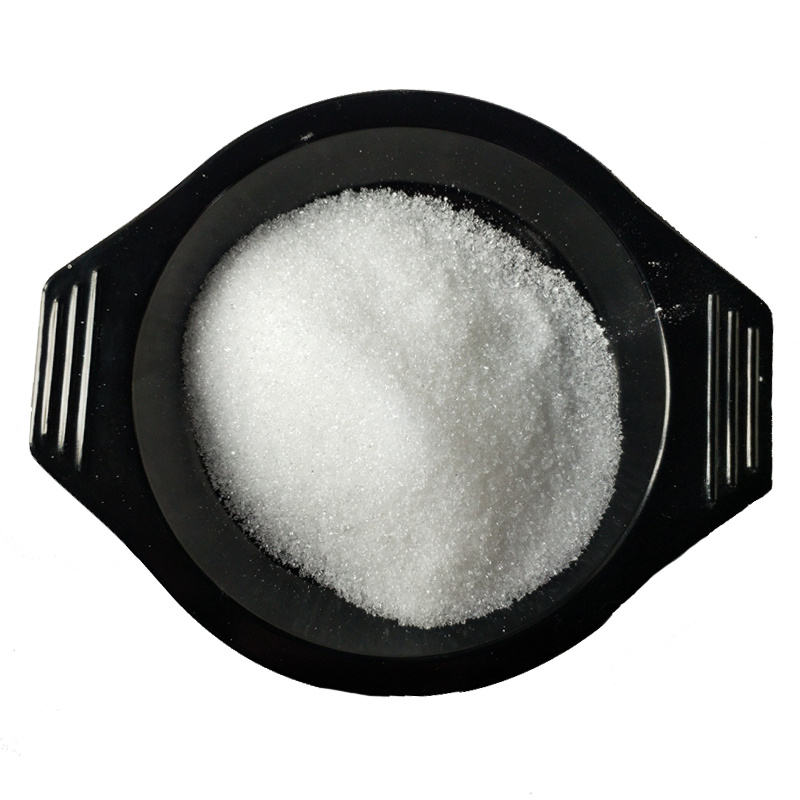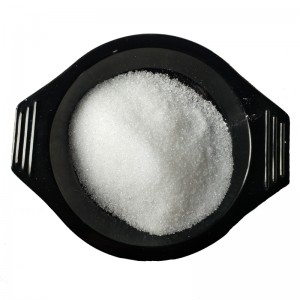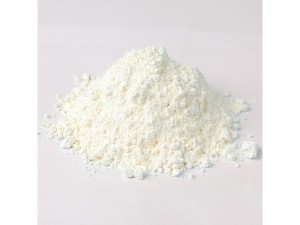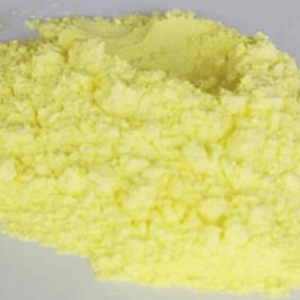| Basic Information | |
|
Product name |
Ivermectin |
| Grade | Pharmaceutical Grade |
| Appearance | White powder |
| Assay | 99% |
| Shelf life | 2 years |
| Packing | 25kg/carton |
| Condition | Cool dry place |
Description of Ivermectin
Ivermectin is an antiparasitic agent effective in the treatment of onchocerciasis, or "river blindness". Since ivermectin acts to prevent the adult worm from producing microfilariae, it needs to be administered only once or twice a year.Ivermectin also called Ivomec, is a kind of medicine that has a good effect on mite disease treatment.
Effects of Ivermectin
Ivermectin is white or light yellow crystalline powder and soluble in methyl alcohol, ester and aromatic hydrocarbon but water. Ivermectin is a kind of antibiotic medicine which has a driving and killing effect on nematodes, insects and mites. Injection and troche which are made from ivermectin are mainly used in the treatments of livestock’s gastrointestinal nematode, bovine hypodermosis, calf fly maggot, sheep nasal fly maggot, and scabies of sheep and pigs. Besides, ivermectin can also be available for the treatment of plant-parasitic nematodes(ascarid, lungworm) in poultry. In addition, it can also be made into agricultural insecticide to kill mite, plutella xylostella, cabbage caterpillar, leaf miner, phylloxera and nematode which are widely parasitic in plants. The most outstanding feature of this insecticide is that it has little side effects and can drive and kill many kinds of parasites both internally and externally at a time.
Pharmacology of Ivermectin
Ivermectin belongs to a class of substances known as the avermectines. These are macrocylic lactones produced by fermentation of an actinomycete, Streptomyces avermitilis. Ivermectin is a broad spectrum agent active against nematodes and arthropods in domestic animals and is thus widely used in veterinary medicine [1]. The drug was first introduced in man in 1981. It has been shown to be effective against a wide range of nematodes such as Strongyloides sp., Trichuris trichiura, Enterobius vermicularis, Ascaris lumbricoides, hook worms and Wuchereria bancrofti. However, it has no effect against liver flukes and cestodes [2].











